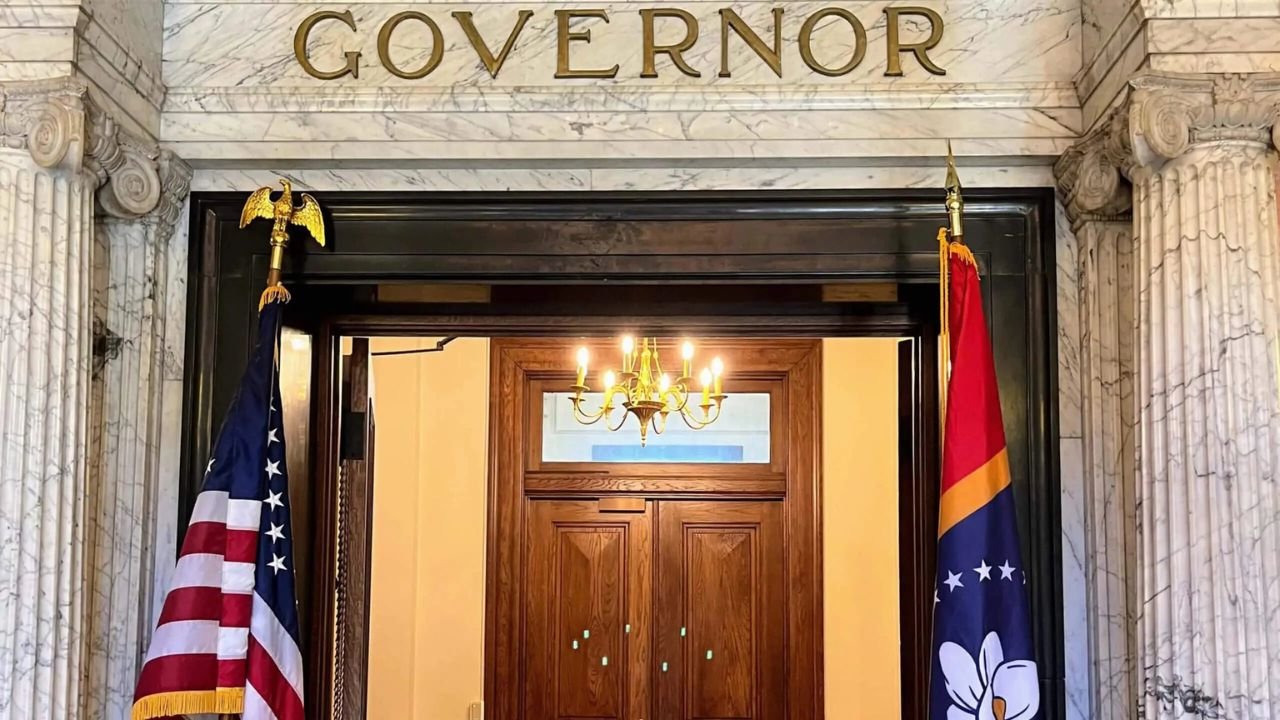In a major health-care announcement, Governor Tate Reeves of Mississippi unveiled a comprehensive plan to ensure quality, accessible health care for rural communities by 2031. His administration has submitted the proposal under the federal Rural Health Transformation Program, aiming to strengthen local health services, expand the medical workforce, and modernize infrastructure across the state’s underserved regions.
Why the Plan Matters
For decades, rural Mississippi has struggled with limited access to doctors, hospitals, and technology. Many small towns face severe shortages of specialists and nursing staff, while aging facilities and weak connectivity have further widened the health gap. Governor Reeves’ new initiative seeks to reverse that trend, ensuring that every resident can access reliable, high-quality care—either in person or through telehealth—within the next few years.
Key Goals of the Strategy
The state’s plan is built on three primary objectives:
- Improving healthcare and patient outcomes:
Enhancing the quality, efficiency, and effectiveness of services delivered in rural settings to ensure better health outcomes statewide. - Strengthening the rural healthcare workforce:
Recruiting, training, and retaining skilled professionals in areas that face chronic staff shortages. - Achieving sustainable access to care:
Establishing reliable systems that integrate in-person and telehealth services to keep rural residents consistently connected to care.
Six Strategic Initiatives
To bring these goals to life, Mississippi’s plan focuses on six major initiatives designed to rebuild and sustain the state’s rural health ecosystem.
1. Statewide Rural Health Assessment
A third-party review will analyze the current and projected healthcare needs of rural Mississippi over the next decade, identifying gaps and guiding future investments.
2. Coordinated Regional Integrated Systems Initiative
This initiative aims to build a data-driven statewide network connecting emergency response units, hospitals, clinics, and community organizations for smoother patient coordination.
3. Workforce Expansion Initiative
Mississippi will work to attract and retain healthcare workers by improving recruitment pipelines, enhancing training programs, and creating clear career pathways for medical staff in rural areas.
4. Health Technology Advancement and Modernization Initiative
Investments will focus on digital modernization, upgrading electronic health records, diagnostic tools, and data security systems across rural facilities to improve efficiency and patient trust.
5. Telehealth Adoption and Provider Support Initiative
The plan promotes the expansion of virtual care, ensuring residents can consult with doctors remotely. It will also provide training and support to rural providers implementing telemedicine.
6. Building Rural Infrastructure for Delivery, Growth, and Efficiency Initiative
This component prioritizes physical infrastructure improvements, such as constructing new facilities, upgrading existing hospitals, and funding pilot programs to fill service gaps.
Oversight and Implementation
The Governor’s Office will oversee coordination efforts alongside the Mississippi Department of Health (including the State Office of Rural Health) and the Mississippi Division of Medicaid. The collaboration aims to ensure that all programs are integrated effectively and meet both state and federal standards.
Before full implementation begins, the proposal requires approval from the Centers for Medicare & Medicaid Services (CMS) by December 31. Once approved, Mississippi will receive federal funding to begin executing its 2031 health transformation vision, though the final funding allocation has yet to be determined.
The Broader Impact
This initiative has the potential to transform rural healthcare delivery across Mississippi. By blending workforce investment, digital transformation, and telehealth expansion, the plan sets the foundation for long-term sustainability. It could also serve as a model for other states struggling with similar geographic and economic barriers to healthcare.


